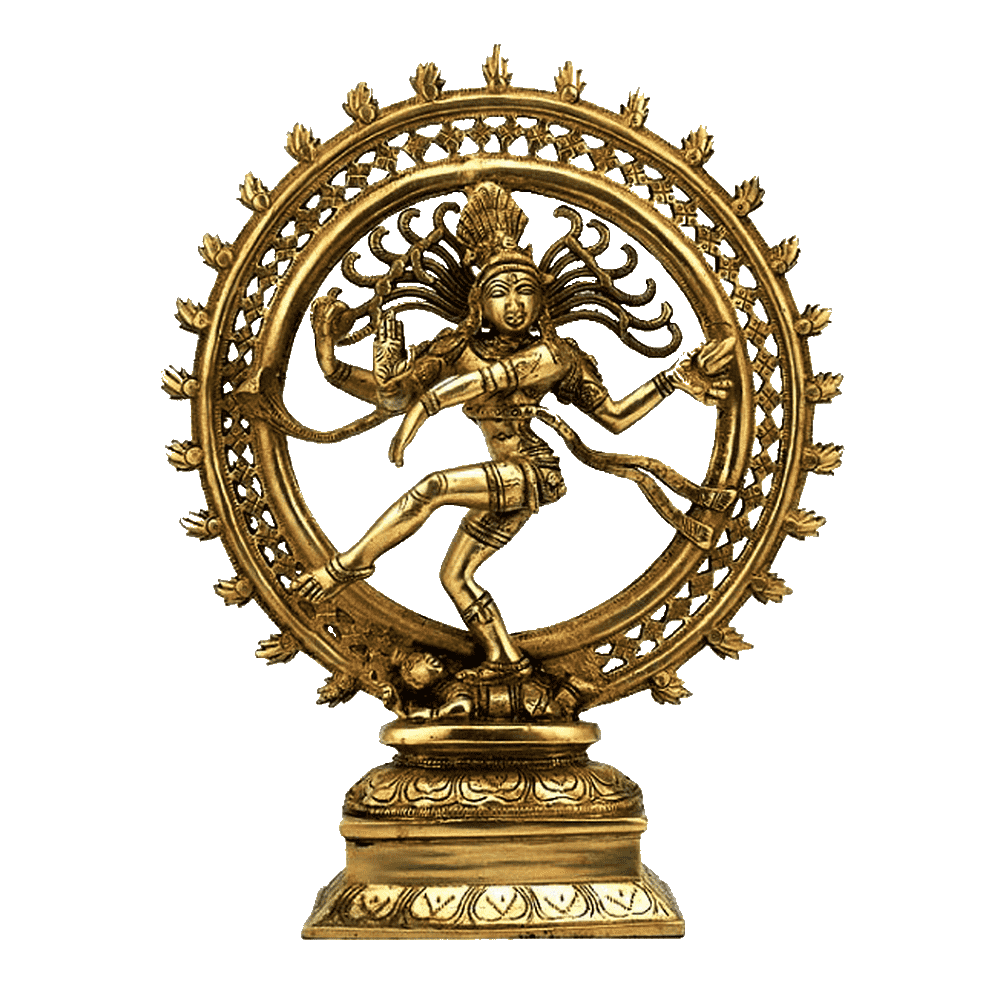
Tantrasāra
of Kṛṣṇānanda āgamvāgiśa
A Comprehensive Guide to the Ancient Science of Mantra-śāstra
Introduction:
The Tantrasāra, authored by the esteemed scholar Kṛṣṇānanda āgamvāgiśa, stands as a valuable treatise that synthesizes various aspects of Mantra-śāstra. This ancient scripture serves as a comprehensive guide for serious practitioners seeking to deepen their understanding of the profound science of mantras. The Tantrasāra delves into rituals, Yantras, and the spiritual significance of mantras, providing seekers with a holistic perspective on the transformative power of sacred sounds. In this article, we shall explore the invaluable insights offered by the Tantrasāra, illuminating the path for practitioners to delve into the depths of this ancient science.
Kṛṣṇānanda āgamvāgiśa’s Legacy:
Kṛṣṇānanda āgamvāgiśa, the esteemed author of the Tantrasāra, is celebrated for his profound knowledge in the domain of Mantra-śāstra. His work has played a pivotal role in preserving and disseminating the wisdom of mantras, rituals, and Yantras, making it accessible for dedicated seekers.
A Synthesis of Mantra-śāstra:
The Tantrasāra is revered for its comprehensive approach to Mantra-śāstra. Kṛṣṇānanda āgamvāgiśa skillfully weaves together diverse aspects of mantras, including their recitation, symbolic representations, and the rituals associated with their usage. This synthesis allows practitioners to gain a holistic understanding of the profound science of sacred sounds.
Rituals and Ceremonies:
One of the central aspects of the Tantrasāra is its exploration of the rituals and ceremonies associated with mantras. The text provides detailed guidelines for the correct performance of various mantric rituals, yajnas (fire rituals), and worship. These rituals are believed to create a sacred and conducive atmosphere for invoking divine energies and spiritual transformation.
Yantras and Sacred Geometry:
The Tantrasāra delves into the significance of Yantras, which are geometric representations of cosmic principles. Kṛṣṇānanda āgamvāgiśa explains how specific Yantras correspond to particular mantras, and their combined use enhances the efficacy of sacred sounds. Yantras are considered potent tools for focusing intention and invoking divine energies during meditation and ritual practices.
The Spiritual Significance of Mantras:
The Tantrasāra goes beyond the external aspects of mantras and emphasizes their spiritual significance. It elucidates that mantras are not merely combinations of sounds but expressions of divine truths and cosmic energies. By chanting mantras with devotion and understanding, practitioners can attune themselves to higher frequencies of consciousness and experience spiritual growth.
A Guide for Serious Practitioners:
The Tantrasāra is regarded as a guide for serious practitioners who wish to deepen their knowledge and practice of Mantra-śāstra. Kṛṣṇānanda āgamvāgiśa’s work provides step-by-step instructions, insights, and contemplative practices that enable practitioners to harness the transformative power of mantras for their spiritual evolution.
Conclusion:
The Tantrasāra of Kṛṣṇānanda āgamvāgiśa stands as a treasured guide to the ancient science of Mantra-śāstra. By synthesizing diverse aspects of mantras, rituals, Yantras, and the spiritual significance of sacred sounds, the Tantrasāra offers a comprehensive perspective on this profound science. As a source of invaluable insights and practical instructions, the Tantrasāra continues to inspire and guide serious practitioners on their journey of inner exploration, spiritual growth, and transformation through the sacred science of mantras. The wisdom conveyed in this ancient scripture serves as a beacon of light, illuminating the path for seekers who wish to delve into the depths of Mantra-śāstra and unlock the transformative power of sacred sounds.
Editor – Kaalchakra Team
[ Note – Before Concluding anything as a Finale, Please Go through Original Scriptures of Vaidik Literature Written in Sanskrit and Also with Meaning of That time of Language. Because English is a Limited language to Explaining the Deeper Knowledge of Vaidik Kaal. ]
